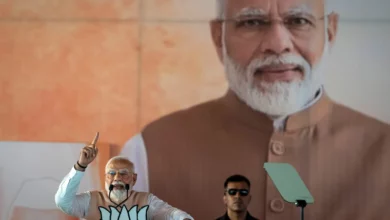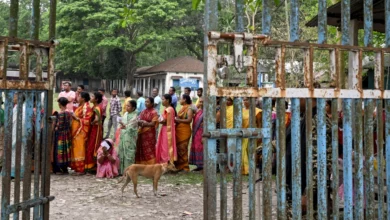
The first detailed descriptions of the Ram Janmabhoomi Mandir were released on Thursday, showing the lavishly decorated structure that is being built on the site of the Babri Masjid that was destroyed by right-wing Hindu mobs in 1992.
Located in the holy city of Ayodhya in the electorally significant state of Uttar Pradesh, the temple’s interiors will be adorned with gold bars and artwork that celebrates India’s diversity, according to Nripendra Misra, chairman of the temple’s construction committee.
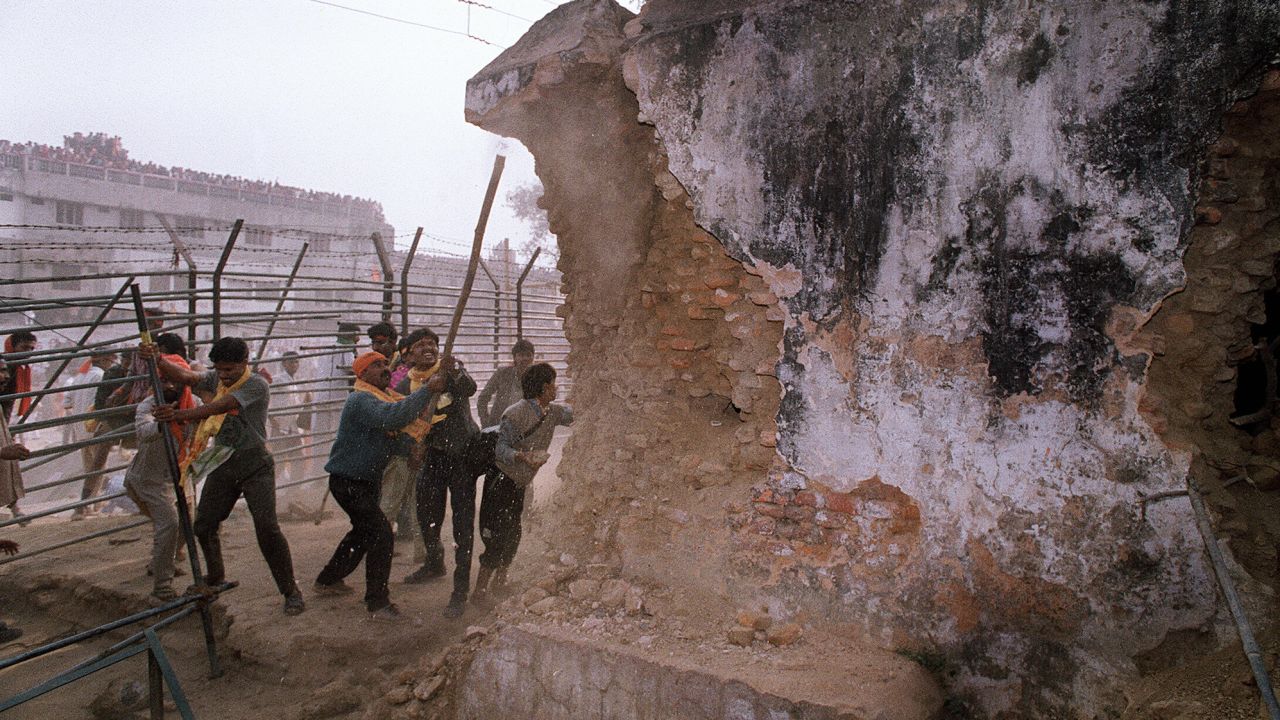
Modi’s Hindu nationalist BJP has campaigned for decades to construct a temple at the site, widely believed by devotees to be where Lord Ram, one of the most revered deities in Hinduism, was born.
Muslims claim the land because the mosque was built there in 1528. But many Hindus believe the Babri Masjid was built on the ruins of a Hindu temple, which was allegedly destroyed by Babar, the first Mughal emperor of South Asia.
The temple’s opening is expected to give Modi’s party a boost in the lead up to the election, making true on a promise he made to his supporters nearly a decade ago.
However, Misra said the date of its inauguration has got “nothing to do whatsoever” with the upcoming national elections.
“We are moving to January because the sun is on the south,” he said, adding its an auspicious time for the shrine to open.
Disputed land
The site of the temple, previously claimed by both Hindus and Muslims, has long been the center of controversy.
It was once home to the Babri Masjid, a 16th century mosque that was infamously desecrated by right-wing Hindus mobs with hammers and their bare hands in 1992, triggering communal violence that killed more than 2,000 people nationwide.
Dozens of temples and mosques were targeted in a series of revenge attacks after the mosque was destroyed, prompting outbursts of sectarian violence – some of the worst since India’s hasty and bloody partition following the exit of its British colonial rulers in 1947.
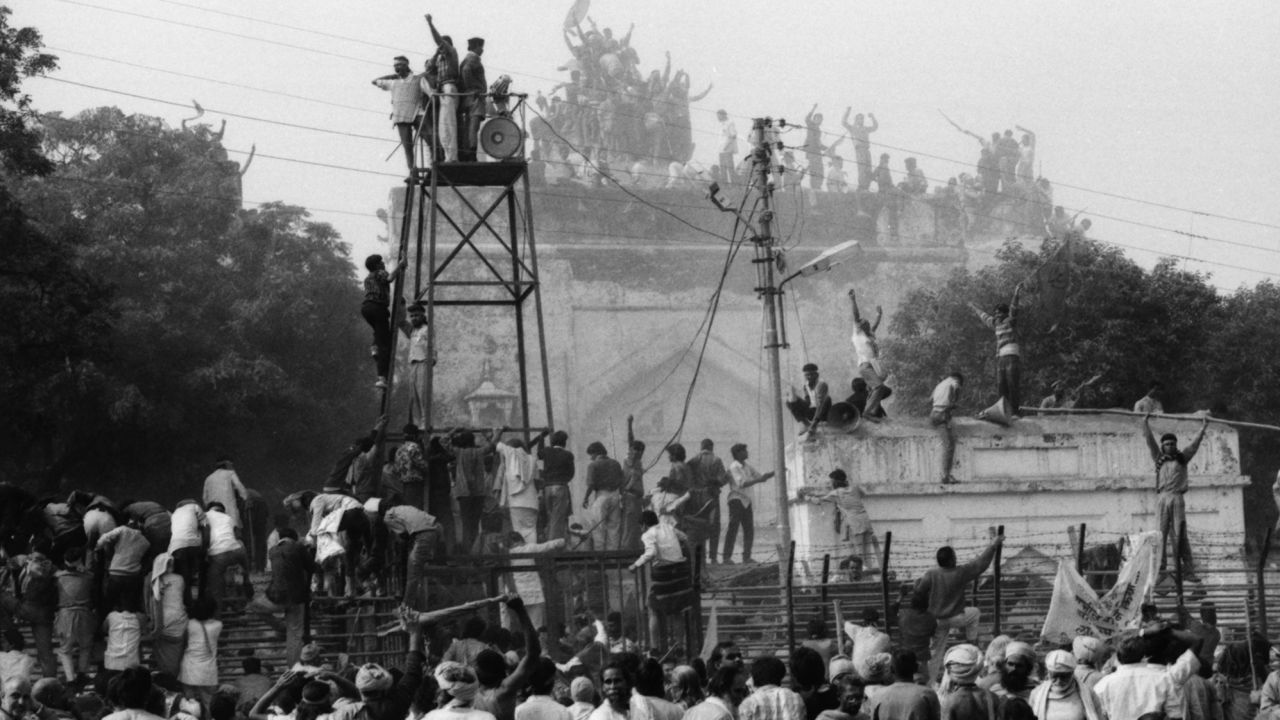
In the following years, Hindu nationalists rallied to build the Ram Mandir on the land, setting the stage for an emotional and politically charged showdown that lasted nearly three decades.
Among the most vocal groups that pushed for the creation of the temple was Modi and his BJP, who used the topic to gain support among Hindus, who make up around 80% of the country’s 1.4 billion people.
In 2019, after a lengthy legal battle, India’s Supreme Court granted Hindus permission to build the temple on the contested site, ending the dispute. It was seen as a victory for Modi and his supporters, but came as a blow to many Muslims for whom the destruction of the Babri Masjid remains a source of tension.
When the Supreme Court delivered its verdict four years ago, Modi said the decision “has brought a new dawn” for the nation.
“The dispute may have affected generations,” Modi said. “But after this verdict, we need to resolve that a new generation, with a new start will join in the creation of a new India. Let us begin afresh and establish a new India.”
The new temple
In his briefing on Thursday, Misra gave detailed descriptions of the design of the Ram Janmabhoomi Mandir, from the idols that will be placed inside the building to the source of materials used to build the shrine.
Indian engineering group Larsen and Toubro is constructing the temple on a 2.67 acre (1.08 hectares) site within a 70-acre (28 hectares) complex, Misra said, adding artists from across the country have been selected to create artwork and murals that showcase the country’s diversity.
Three sculptors have been entrusted with carving murals of Lord Ram, one of which will be picked to reside inside the sanctum sanctorum, and the temple will be adorned with gold bars created by well-known Indian jewelers, he said.
Misra said that about 100,000 devotees are expected to visit the temple everyday, meaning an individual might only be allowed inside the sanctum sanctorum for about 20 seconds, due to demand.
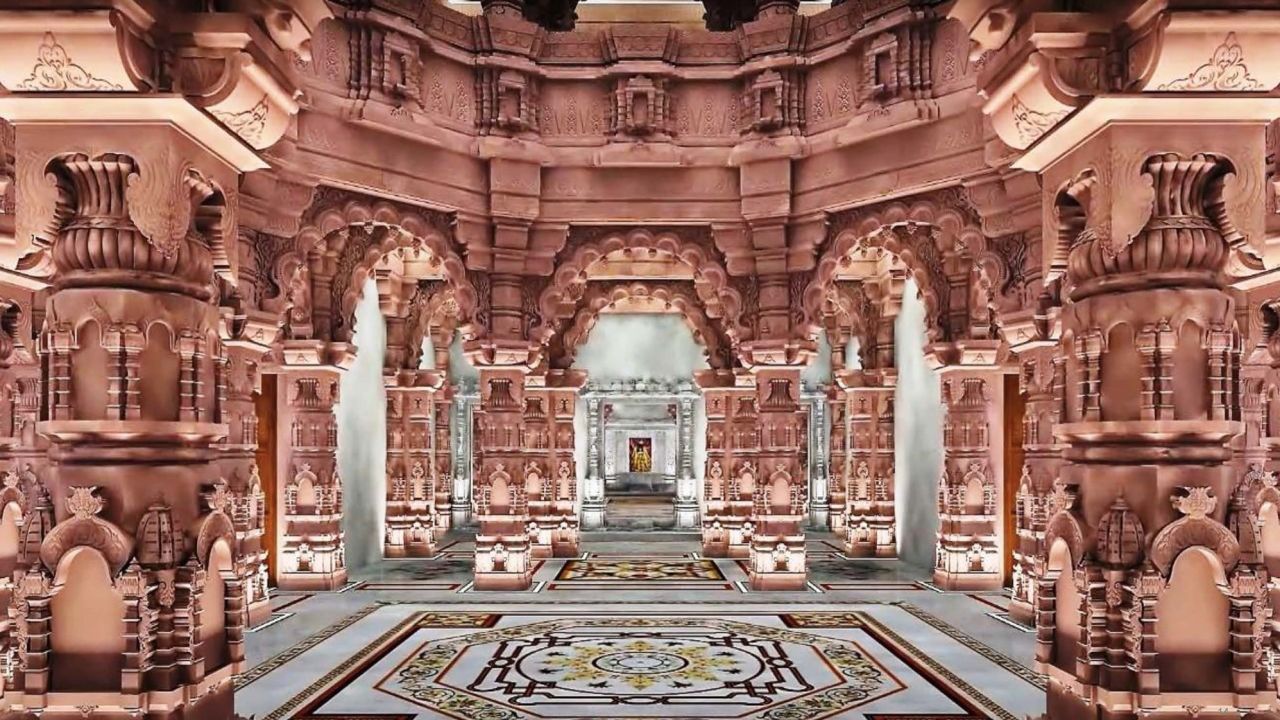
The temple’s construction is expected to cost about 15 billion rupees ($180 million), Misra said.
The government has not provided funds for its establishment, he added, saying donations of about 30 billion rupees ($361 million) have been collected for the complex.
Ayodhya, an ancient city of about 76,000 people in Uttar Pradesh, is an important Hindu pilgrimage site and sees millions of visitors each year.
Ayodhya has recently undergone a large infrastructural makeover, including the construction of a new international airport set to open in November, according to Misra. Some of the city’s historic and religious sites have also been restored, according to local media reports, while its roads and railways are expected to get a facelift.
Analysts say Uttar Pradesh’s BJP chief minister, the hardline Hindu monk Yogi Adityanath, has relied on a mixed strategy of economic reform and religious polarization to attract votes.
At the same time he has implemented policies that critics say favor Hindus and discriminate against minorities, particularly Muslims.

